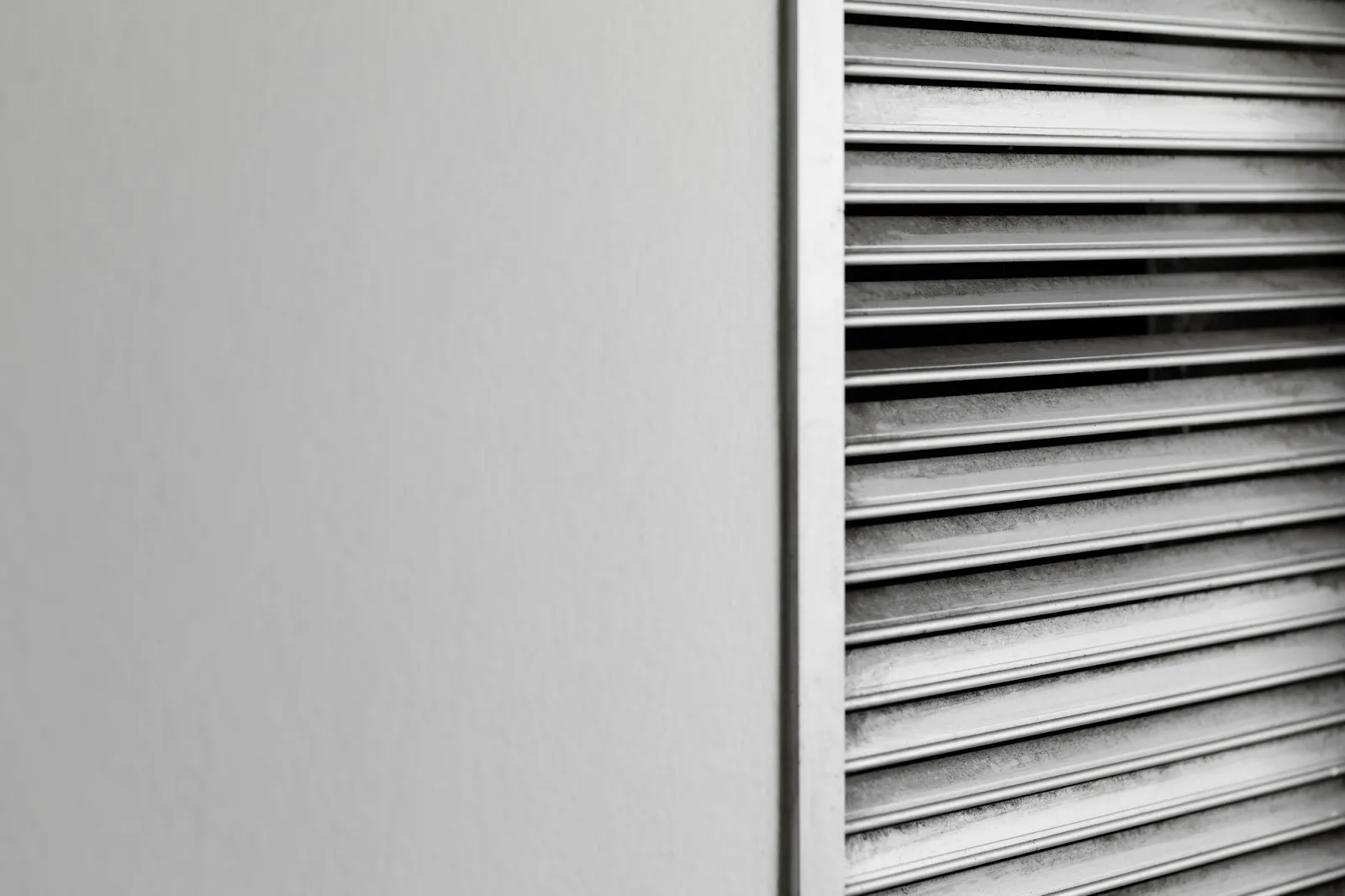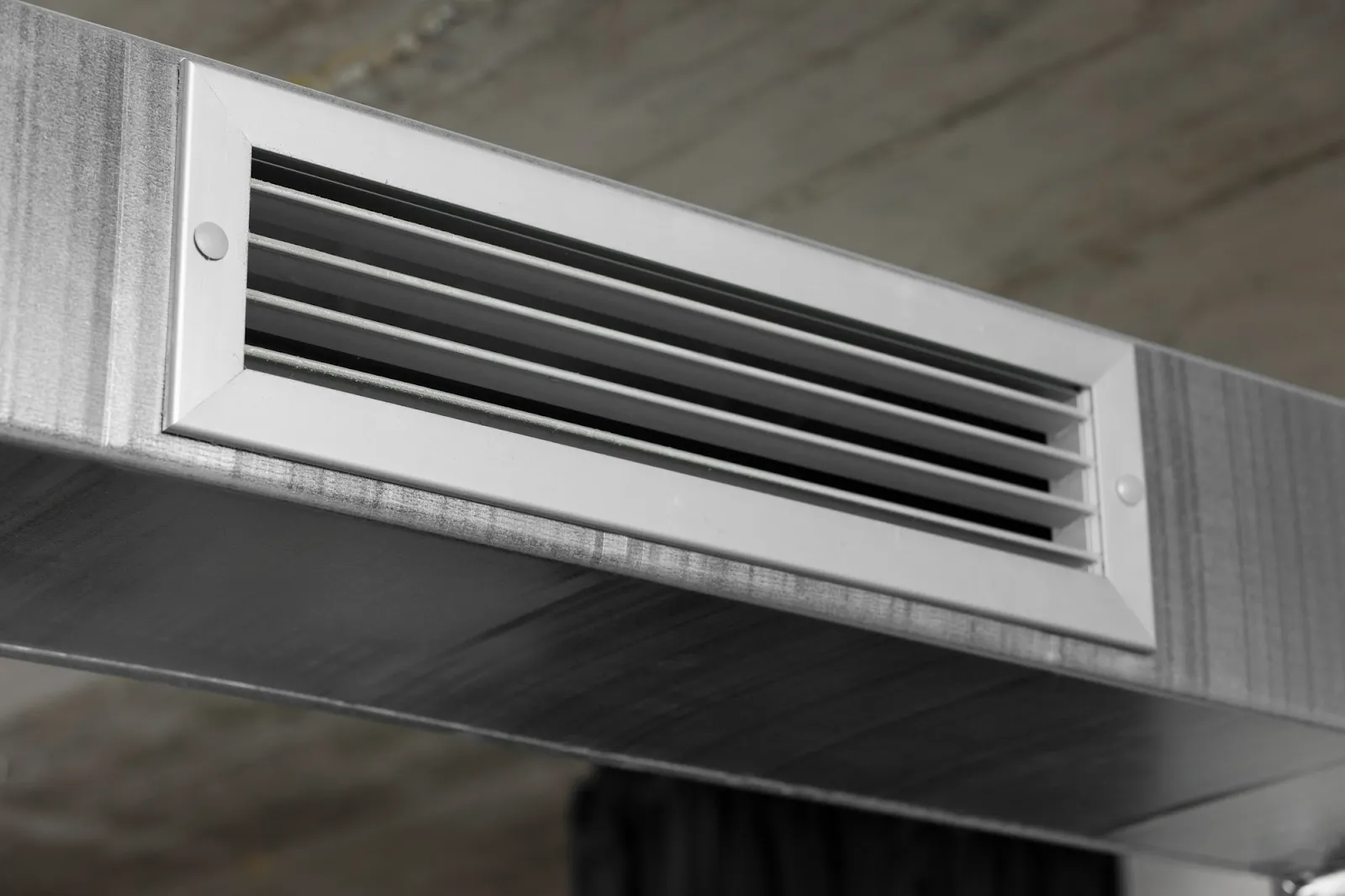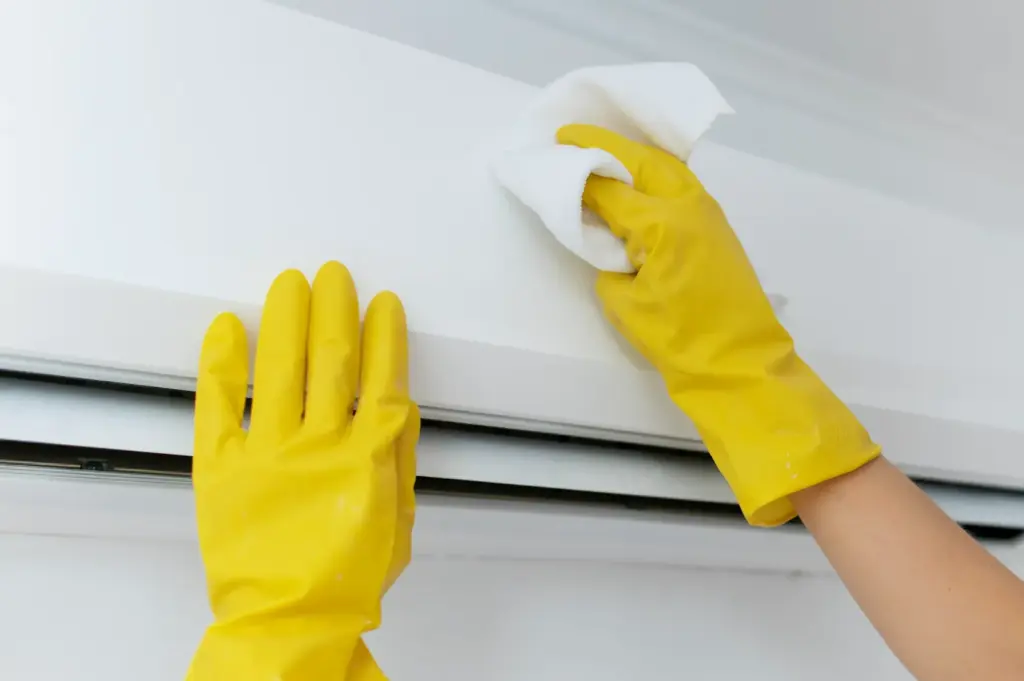A window air conditioner can be your best friend when the heat is unbearable. But sometimes, your trusty unit might be hiding something you’d rather avoid—mold. And here’s where things get concerning—not only is mold unpleasant to see, but it could also be impacting your health. So, most of us may be concerned about “Can a moldy window AC make you sick in Canada?”
Because we know this is a valid concern, we want to help you understand the risks, why mold develops, and what steps you can take to keep both the air—and yourself—fresh and safe.
Signs Your Air Conditioner Might Have Mold

Does the air smell musty when you switch on the unit? That damp, earthy odor that reminds you of wet basements or soggy towels is often mold’s calling card. Sometimes, the problem will be obvious—dark stains, or fuzzy spots on the filter, vents, or interior coils, are unmistakable red flags.
It’s not just about what you see or smell, though. Pay attention to how people in your household feel. If symptoms such as headaches, nasal congestion, or sore throats show up while the AC is running and vanish when it’s off, it’s worth a closer inspection of your unit. Many people notice those health issues fade away once the source of the mold is dealt with.
How To Safely Clean A Moldy Air Conditioner

Discovering mold in your air conditioner might feel like a disaster, but there’s no need to panic (or toss out the unit) just yet. With the right approach, you can typically clean it up safely and effectively.
Start by unplugging the unit. If possible, move it outside to prevent mold spores from spreading indoors. Remove the filter. If it’s reusable, gently wash it using warm water and mild soap or a mix of water and white vinegar. If the filter is disposable, it’s better to replace it with a fresh one.
Once the filter is out of the way, open the unit and carefully wipe away visible mold or dust with a soft cloth or brush. For harder-to-reach spots, a vacuum cleaner with a crevice tool works great. If certain areas are stubborn, a mold-killing cleaner will help you tackle the problem. Just be sure to rinse and thoroughly dry all the parts before putting everything back together.
If cleaning the unit feels overwhelming or the mold growth appears extensive, it’s worth reaching out to a professional. It’s the best way to ensure your air conditioner is spotless and safe to use again—and it’ll give you peace of mind as well.
Simple Tips To Keep Your Air Conditioner Mold-free

Prevention is always better than cleanup. During regular use, try to clean the AC unit every few weeks and check or replace the filter as recommended by the manufacturer.
Make sure the unit drains properly, as stagnant water inside creates an ideal environment for mold. If you live in a particularly humid area, using a dehumidifier can help reduce moisture levels in the air and keep your unit mold-free. Even during off-seasons, turning the AC on occasionally helps air circulate and keeps the interior dry.
When it’s time to replace your unit, look for models with features designed to prevent mold. Many modern units include antimicrobial coatings or improved ventilation, making them easier to maintain and less likely to harbor mold.
Stay Cool And Mold-free
Window air conditioners are essential for surviving the summer heat for many of us. But keeping your unit clean is just as important as enjoying that cool, refreshing breeze. Mold can disrupt your comfort and potentially affect your family’s health.
By keeping an eye out for signs of mold, sticking to a cleaning routine, and taking simple steps to prevent moisture buildup, you can ensure everyone in your home stays comfortable and healthy. A bit of effort now will make all the difference in keeping unpleasant surprises at bay and letting you enjoy a worry-free summer!





